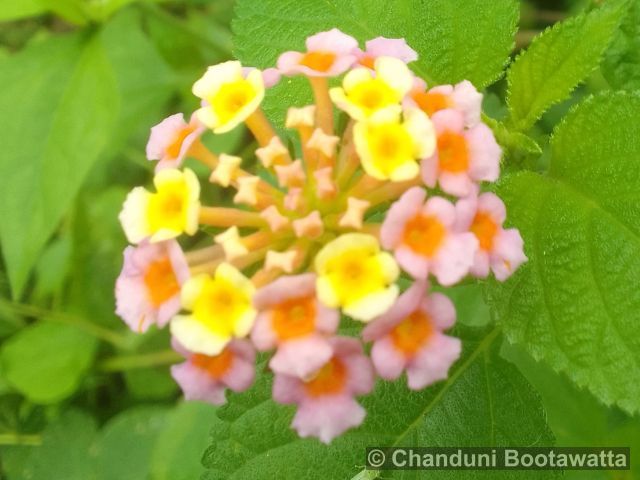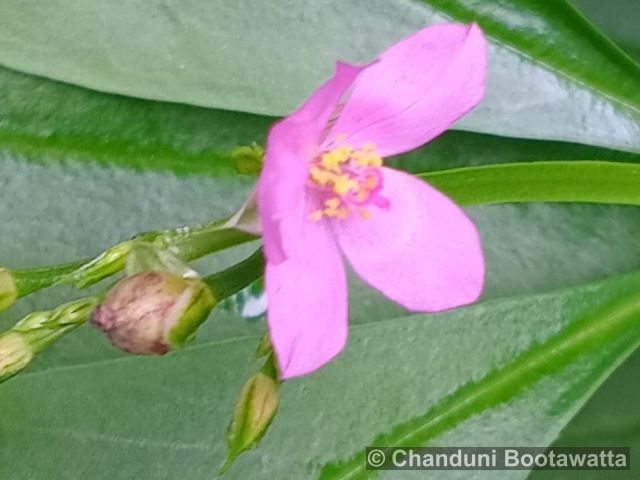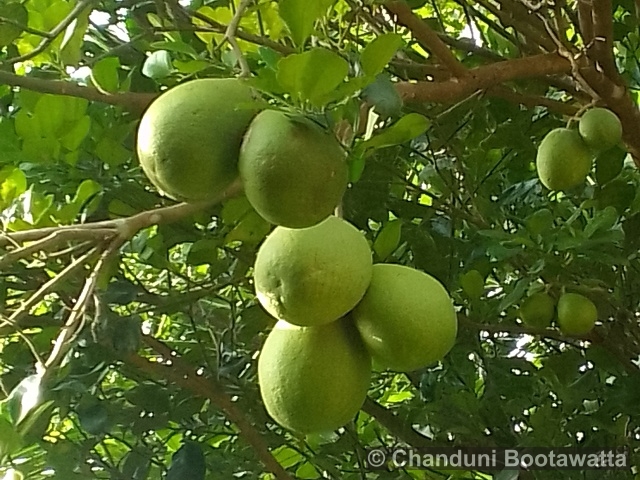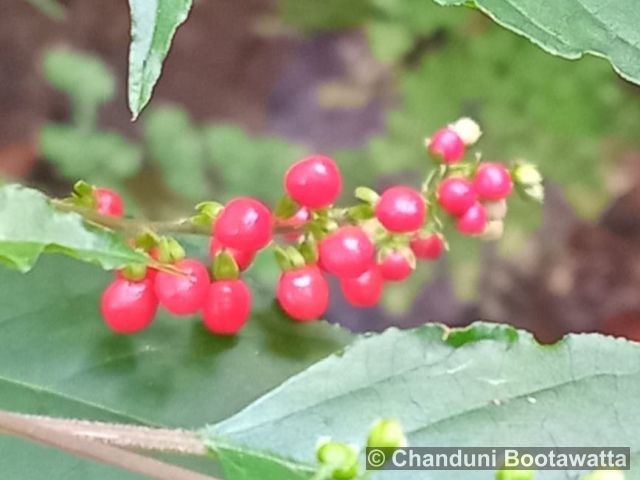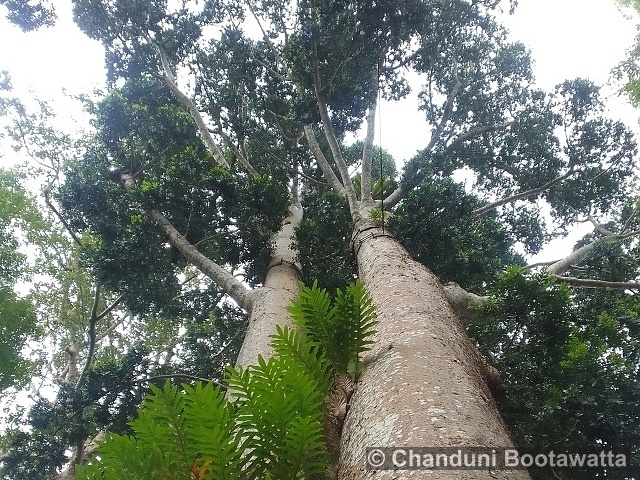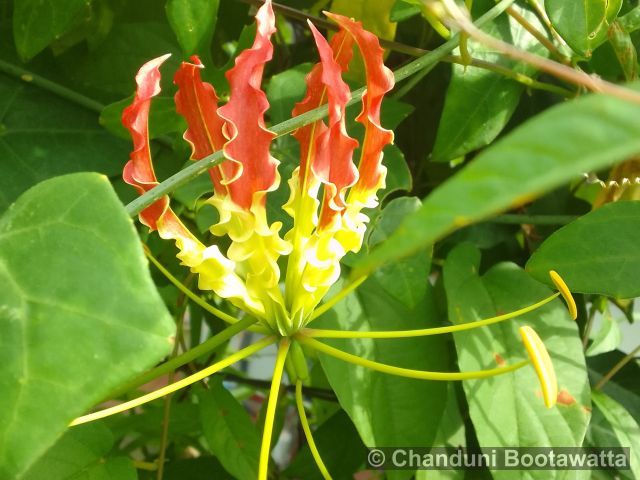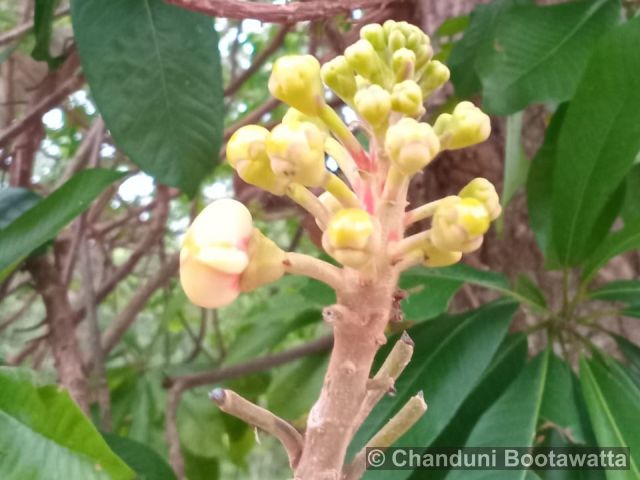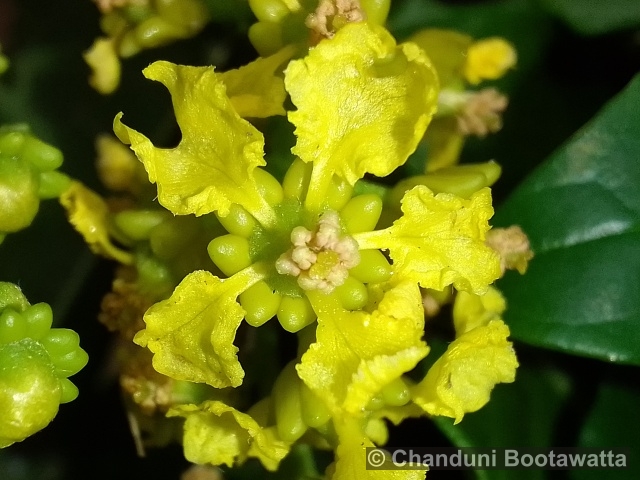Tento příspěvek byl přečten153krát!
වල්සූරියකාන්ති/වටසූරිය (Wild Sunflower), tree marigold, Japanese sunflower, Nitobe chrysanthemum
Syn.: Mirasolia diversifolia Hemsl.
Family – Asteraceae, hvězdnicovité
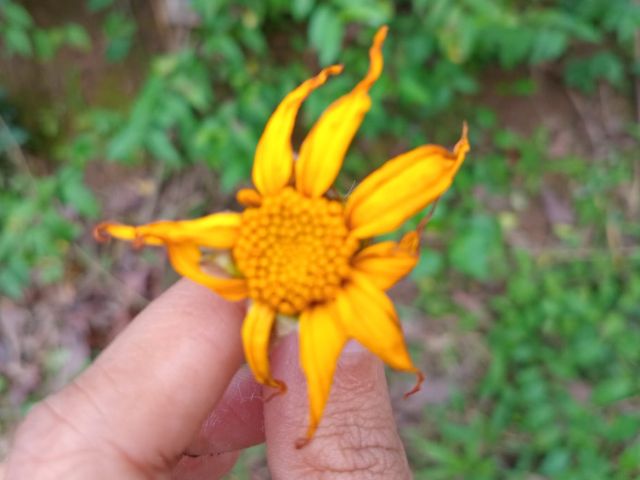
Description: Commonly known as Mexican sunflower, is a fast-growing perennial shrub with bright yellow to orange daisy-like flowers. Its leaves are large, deeply lobed, and rough-textured with a dark green color. The stem is thick, hollow, and slightly woody, allowing the plant to grow up to 3 meters tall. The flowers attract pollinators like bees and butterflies and bloom profusely in warm climates.
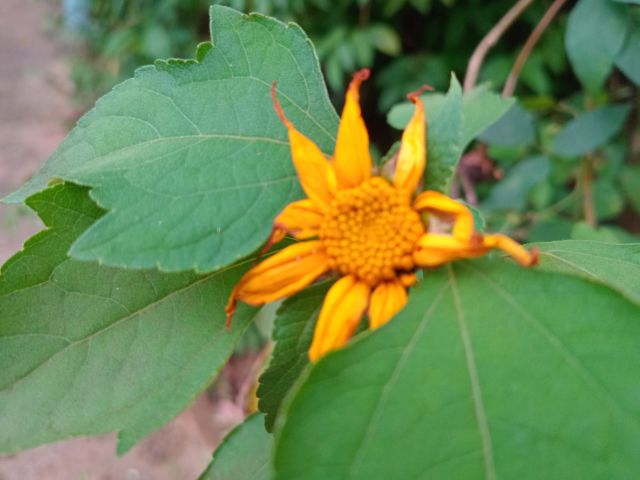
Substitutions – Tithonia rotundifolia (Red Mexican Sunflower): Has bright red to orange daisy-like flowers, rounded leaves, and a more compact growth habit. It is widely used for ornamental purposes, attracts pollinators, and improves soil quality when used as green manure. – Tithonia tubaeformis: Sometimes mistaken for other Tithonia species, it has a slenderer growth form and smaller flowers but shares similar ecological benefits like erosion control and pollinator attraction.
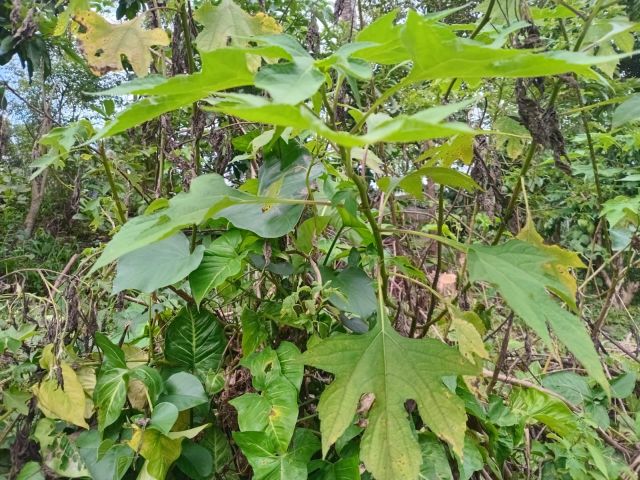
Ecology: Thrives in tropical and subtropical climates with warm temperatures (20–30°C), moderate to high humidity, well-drained fertile soils (pH 5.5–7.5), moderate to high rainfall (1,000–2,500 mm annually), and full sun exposure for optimal growth and flowering.
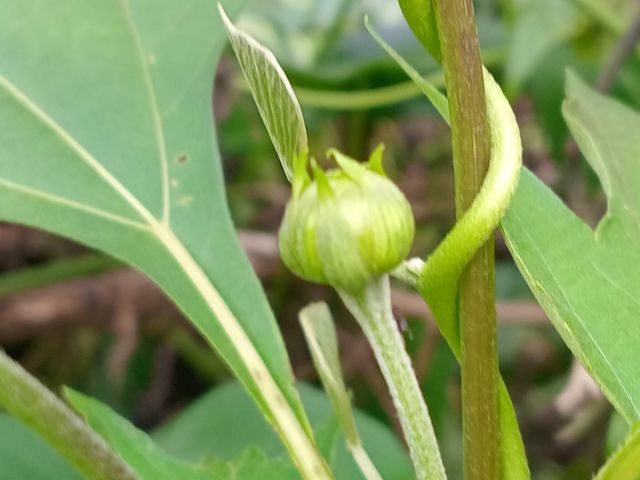
General Distribution: Widely distributed in tropical and subtropical regions, including Mexico, Central and South America, the Caribbean, Africa, Southeast Asia, Australia, and Sri Lanka.
Use: This plant is widely used as green manure, livestock fodder, erosion control, and for medicinal purposes, including treating wounds and inflammation.
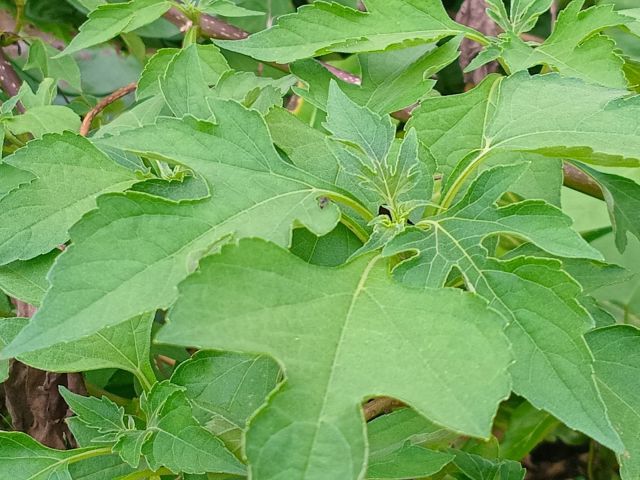
Author of text and photos: Chanduni Bootawatta.
Photographed in Gampola, Sri Lanka on 15 January 2025.



 Poslat emailem
Poslat emailem